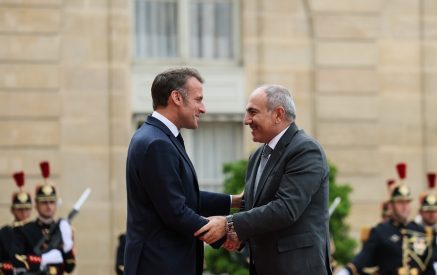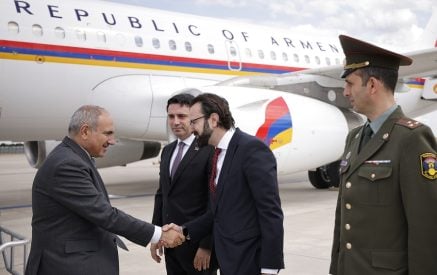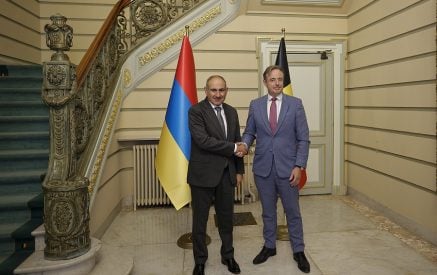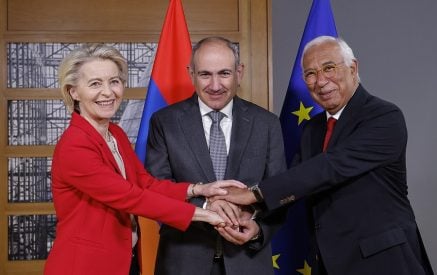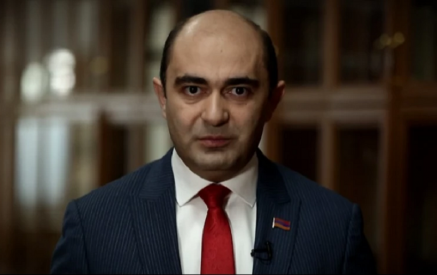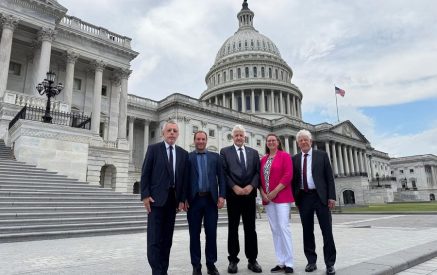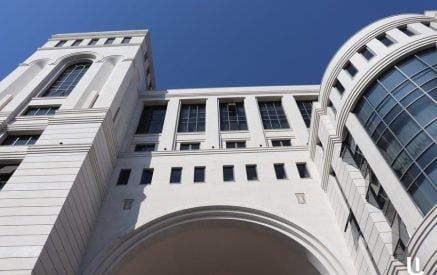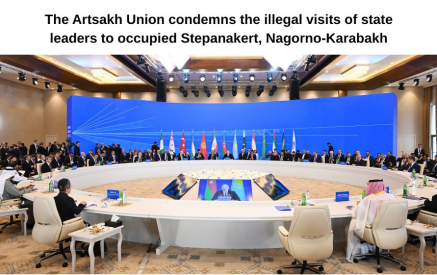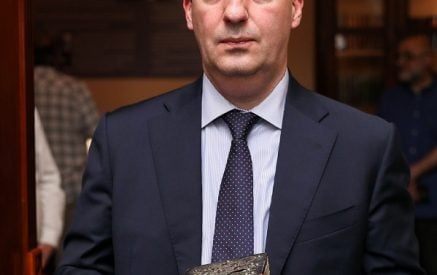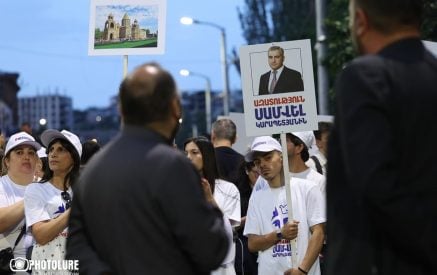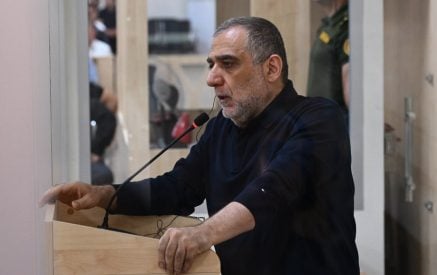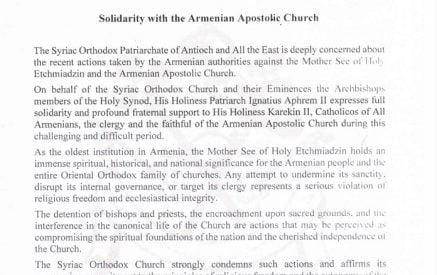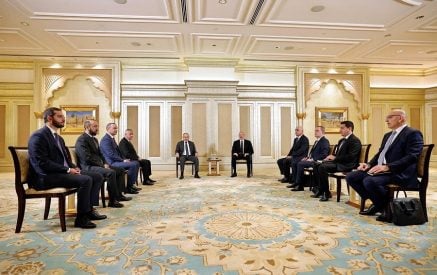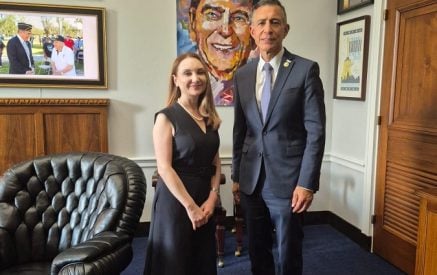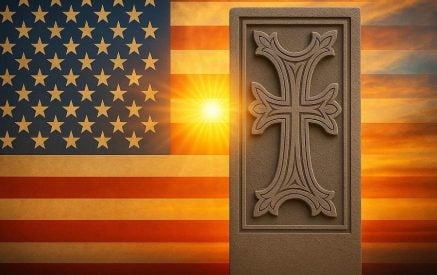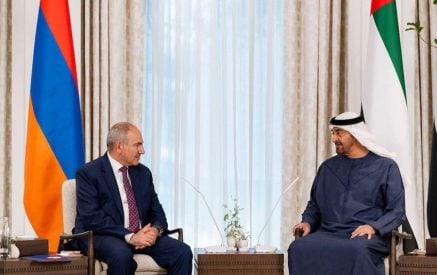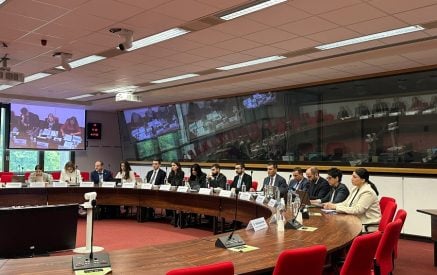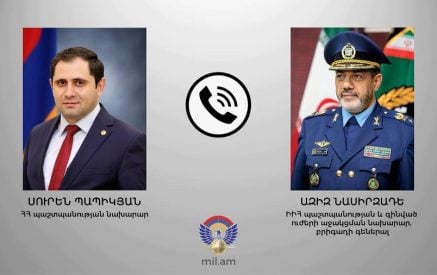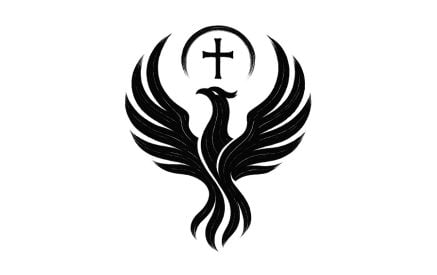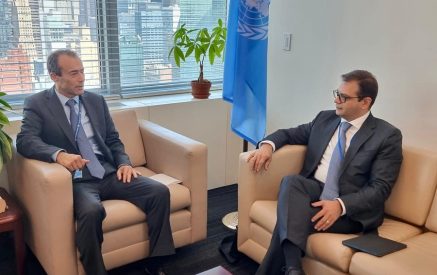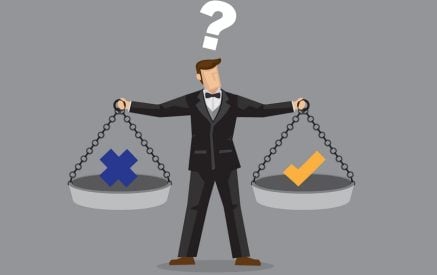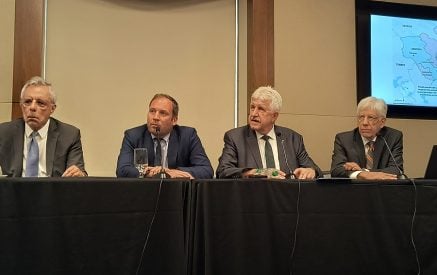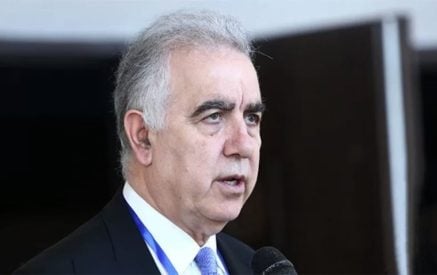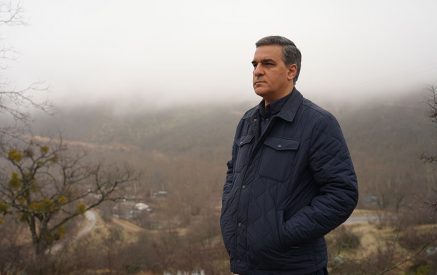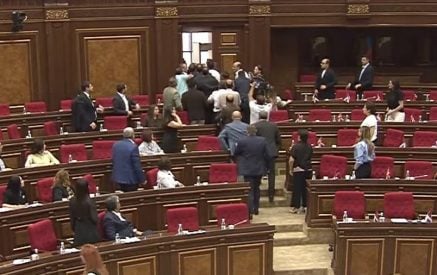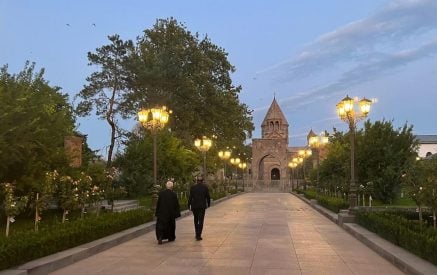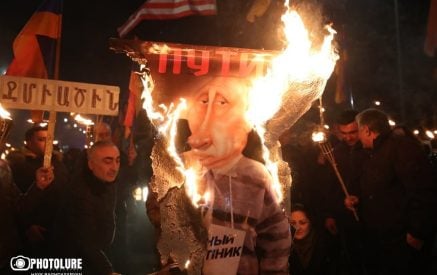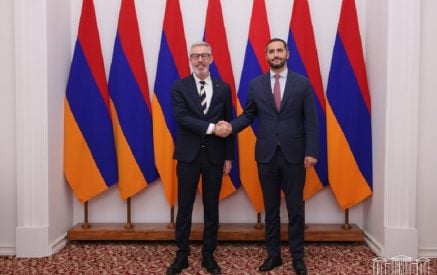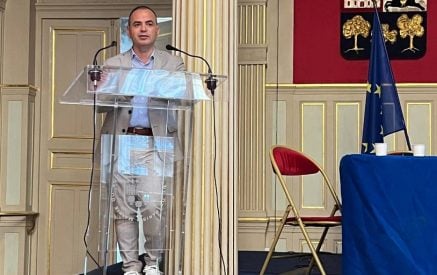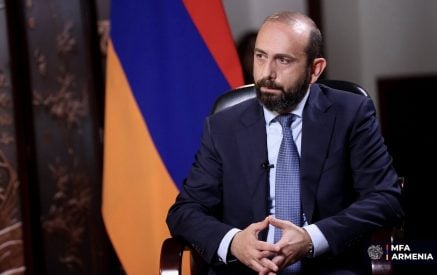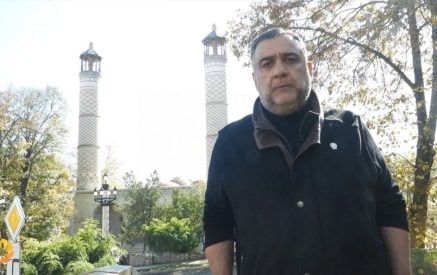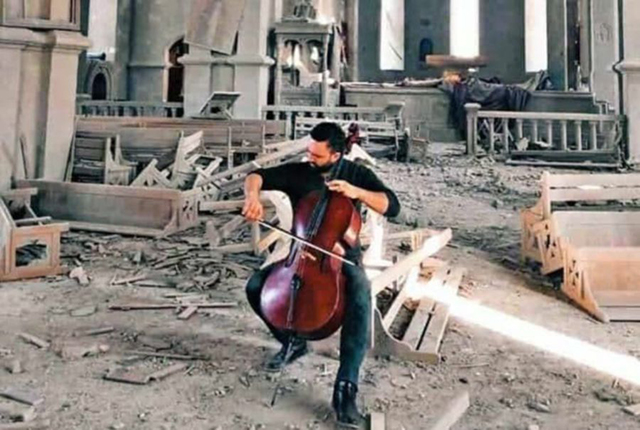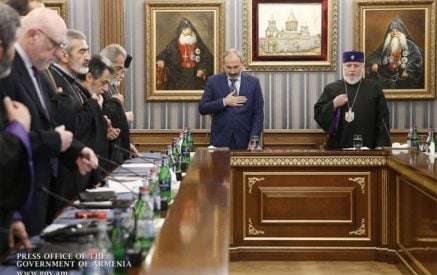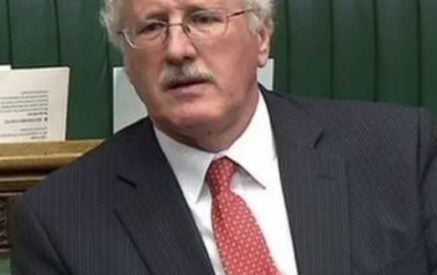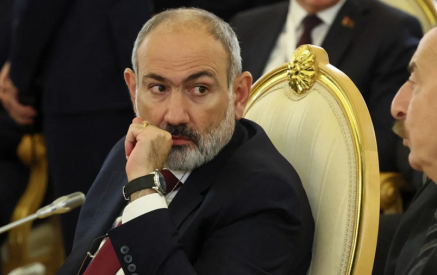LETTERS:STRANGE feeling I had reading the piece published by the Turkish Counsellor on 8 May 2021.
What name could be given to a 2-page piece that uses the words Muslim, Islam and Islamophobia 16 times?
It looked like it was trying to hammer a concept into the readers’ minds no matter whether it is the truth or a skillfully fabricated lie. Or maybe a trap? It brought the image of a red light flashing and the alarm ringing in the face of a danger. Danger!!! It felt like having a bitter aftertaste in the mouth, like after food poisoning. Something looks nice at face but could be deadly if not treated on time.
Let’s dissect the piece in question and understand the underlying thread of thought. My grandma used to say that when in a discussion an opponent starts using personal insults, it means they have run out of arguments. That as a starting point!
Read also
As for the alleged “occupation” of the Nagorno Karabakh, an indigenous population cannot occupy its own homeland, it can liberate it or protect from attempts of foreign occupation. The latter is what Azerbaijan did with the support of Turkey about which Turkish President Erdogan boasts on every possible occasion.
The Armenians have continuously lived in these areas for thousands and thousands of years and it is well documented in the historic documents. The history has registered also the unlawful passage of the area by Stalin to the Azerbaijani SSR administrative control which did not stop and could not have stopped it from being an Armenian homeland.
Azerbaijan exerted all efforts to cleanse the area from its indigenous Armenian population and appropriate their land, and those efforts continue up until now. Armenians resisted and defended themselves, and they will continue doing so. After all, it is their own home, and it is about physical existence. It is a struggle for dignity, self-determination, freedom from oppression and foreign subjugation.
Sounds like we are back to the 20th century, but, in actuality, we have never left it. That is where the beginning of the conflict is, where its roots are, the mentality of our 2 neighbours to cleanse and appropriate has not changed. The means have advanced. And the possibilities to disguise and mislead through misinformation and outright lies are insurmountable.
Misinformation has been an effective tool of manipulating the public. Lately it has gained even more viability as people are flooded with information, and it is hard to distinguish what is the truth and what is fake unless some effort is exerted to understand the issue under discussion. Fake news is nowadays more and more considered to be a threat to public security with far reaching consequences of endangering countries security.
There is no UN or OSCE resolution that speaks of any occupation by Armenia. Pouring names of cities that to foreign reader say nothing and not bothering to mention that Nakhijevan (Az. – Nakhcivan) is on the west side of the border with Armenia, opposite from the area where the military operations were going on, and not a single bullet was shot there. Abseron is where Baku is and not a single flying object was noticed in that area.
That Ganja (Az. – Gence) was the base for the military aircrafts and unmanned flying aircrafts that were unstoppably shelling and bombing residential and civilian infrastructure and areas in Nagorno Karabakh throughout the whole 44-day war. That the rest of the names enumerated are simply the borderline areas from where the Azerbaijani army attacked the Nagorno Karabakh Republic and that on many occasions was docking its artillery in residential districts to attract retaliatory fire.
Those who spare some time to look into the issue will definitely understand how credible the Azerbaijani and Turkish claims are in this regard.
Well, the international organizations and human rights bodies are very clear on that and have registered “war crimes committed by Azerbaijan during the conflict, including military strikes against civilian targets, and the torture and abuse of Armenian prisoners” – as described in the US State Department Human Rights Report for Azerbaijan.
Loss of civilian life is the worst part of any war irrespective of which side it occurs. And it is the responsibility of the governments and warring parties to do everything to minimize the loss. It is criminal for any government to leave its own population in harm’s way in order to squeeze political benefits out of it. And that is what happened in Khojalu. I would turn to the people who qualified the tragedy shortly after it happened and before it was put through Azerbaijani propaganda machine.
Detailed and ample evidence can be provided to describe the Khojalu tragedy which was best qualified by Azerbaijani journalist Arif Yunusov in Zerkalo newspaper in July 1992: “the town and its inhabitants were deliberately sacrificed for a political purpose — to prevent the Popular Front of Azerbaijan from coming to power”.
Tamerlan Karayev, at one time Chairman of the Supreme Council of the Republic of Azerbaijan, stated shortly after the events: “The tragedy was committed by the authorities of Azerbaijan”, and, specifically, by “someone highly placed”. (Mikhalifat newspaper, April 28, 1992).
The late President of Azerbaijan, Heydar Aliyev, himself recognized that Azerbaijan’s “former leadership were also guilty” for the events in Khojaly. In April 1992, according to the Bilik-Dunyasy agency, he made the following comments: “The bloodshed will be to our advantage. We should not interfere in the course of events”.
Megapolis Express wrote at the time: “It cannot be denied that, if the Popular Front of Azerbaijan actually set far-reaching objectives, they have been achieved. Mutalibov has been compromised and overthrown, public opinion worldwide has been shaken, and the Azerbaijanis and their Turkish brethren have believed in the so-called genocide of the Azerbaijani people in Khojaly”. (Megapolis Express, No. 17, 1992)
Armenians have always had respect towards others irrespective of their religious affiliation. They would never desecrate any religious place. On the contrary, they would restore and protect religious monuments considering it part of their own history that enriches the country. The obvious example is the same Gohar Agha Mosque that the Turkish Counsellor refers to, that was restored and opened after restoration in 2019 in Sushi.
The Armenians of Nagorno Karabakh spared funds out of their scarce resources to restore a mosque that was part of the cultural heritage of the region. And now Azerbaijan is blowing up, destroying, desecrating and misappropriating the centuries-old Armenian churches less than 6 months after the area got under their occupation. No comments.
Support comes in different forms especially in modern days of advanced technologies. However, there were numerous reports in open sources about around 600 Turkish officials providing “advice” to the Azerbaijani military on the ground to the point of taking up command and control of the operation in the 44-day war. The above-mentioned report of the US State Department also states that Azerbaijan’s invasion of Nagorno-Karabakh was conducted “with Turkish support.”
A separate resolution of the European Parliament, published March 11, 2021, stated: “… whereas according to the OSCE Minsk Group Co-Chair countries, Turkey has transferred Syrian mercenaries to Nagorno-Karabakh; … firmly condemns Turkey’s use of Syrian mercenaries in conflicts in Libya and Nagorno-Karabakh, in violation of international law;”
In October 2020, in the middle of the 44-day war, Sergei Naryshkin, the head of Russia’s SVR Foreign Intelligence Service, said the conflict was attracting people he described as mercenaries and terrorists from the Middle East.
“We are talking about hundreds and already even thousands of radicals hoping to earn money in a new Karabakh war,” Naryshkin said in a statement. He warned that the South Caucasus region could become “a new launch pad for international terrorist organizations” from where militants could enter states including Russia.
On October 2, 2020 the French President Emmanuel Macron stated while addressing the Special European Council: “…according to our data 300 Syrian fighters left Syria to reach Baku via Gaziantep. The fighters are known, traced, identified, they come from jihadist groups operating in the Aleppo region.”
On October 6, 2020, the Syrian President Bashar al-Assad stated in an interview: “Turkey used those terrorists coming from different countries in Syria. They used the same method in Libya; they used Syrian terrorist in Libya, maybe (also) of other nationalities. …We can say for sure that they’ve been using Syrians and other nationalities of terrorists in Nagorno Karabakh.”
There are ample accounts in the world media of the recruitment, channels of transfer, amount of payment, actions and fate of those terrorists being transferred to our region to fight against Armenians of Nagorno Karabakh for the “just” cause of Azerbaijan.
As for the rejection by Turkey and Azerbaijan of the ample evidence of recruitment and transfer of terrorists present also in person of those detained by Nagorno Karabakh, there is an old proverb: “The fox standing in front of the court brought her tail as witness.”
Meantime, according to many analysts, Turkey’s role in the conflict and the accounts of Azerbaijani brutality and abuse have raised fears about the possibility of a new Armenian genocide. Might sound improbable in this day and age of information flow and developed international legal system?
But, it happened then and the world did not stop it out of political expediency. It happened just 6 months ago in Nagorno Karabakh and hardly anybody condemned in action, again out of political expediency. And it is being cooked now on the border of sovereign Armenia, and the world is still waiting.
At the very inception of the current Turkish Republic the denial of Armenian genocide was placed in its roots. All efforts have been exerted to revise the history, to present the crimes committed under the pretext of bandits, etc., millions have been spent to create an alternative narrative to the Armenian genocide also through financing of scholars and chairs in different universities to the extent of attempting to present the Turkish as victims of massacres and the few self-defense acts of Armenians not willing to simply be slaughtered as treason. Generations have been raised with altered history and identity.
Genocide is the exact and the only word to describe the meticulously planned and executed actions of the Ottoman Government to exterminate the whole Armenian population from its own homeland. And any discussion on the applicability of the term based on the time of its creation or adoption of the Genocide Convention is futile.
The author of the term, Dr. Rafael Lemkin, stated in his interview to CBS news in February 1949: “It happened so many times. It happened to the Armenians, and after the Armenians got a very rough deal at the Versailles Conference because the criminals who were guilty of genocide, were not punished…”
The Triple Entente formally warned the Ottoman Empire on May 24, 1915 that: “In view of these new crimes of Turkey against humanity and civilization, the Allied Governments announce publicly to the Sublime Porte that they will hold personally responsible for these crimes all members of the Ottoman Government, as well as those of their agents who are implicated in such massacres”.
In fact the Turkish court-marshals established in 1919, of which the Turkish Cousellor refrains from mentioning, addressed the issue. On July 5, 1919, the court reached a verdict which sentenced the organizers of the massacres, Talat, Enver, Cemal and Dr. Nazim to death.
The military court found that it was the intent of the CUP (Council of the Union & Progress) to eliminate the Armenians physically, via its Special Organization.
Genocide scholars are very clear on the issue. In February 2002 an independent legal opinion commissioned by the International Center for Transitional Justice, at the request of Turkish Armenian Reconciliation Commission, concluded that the Ottoman Genocide of Armenians in 1915–1918 “include[d] all of the elements of the crime of genocide as defined in the [Genocide] Convention, and legal scholars as well as historians, politicians, journalists and other people would be justified in continuing to so describe them.”
Many countries have recognized the Armenian Genocide, especially the ones that have either witnessed the crime being committed or rescued or sheltered the survivors. Among them are Syria, the Deir-ez-Zor desert of which had become the open grave for hundreds of thousands of Armenians, and Lebanon.
International community, experts and scholars are becoming more concerned at the recent genocidal actions taking place in different conflict zones. They stress that it is becoming more urgent than ever for countries to speak out clearly about the past, in order to promote reconciliation and prevent a recurrence in the future.
The experts are unanimous that denial of genocide, the last element in the cycle of genocidal actions, fuels impunity providing fertile ground for its repetition. Efforts to revise history, or present it under the pretext of religion are actually feeding impunity.
It brings an element into discourse which has no bearing or connotation to the actual crime despite differing religious affiliations of the perpetrator and the victim. It sows the seed of evil for the sake of short-sighted political benefits but could flare up a flame that would be hard to extinguish.
The memory of the loss and the suffering of the survivors is too sacred to make it a tool for these trivial games. Please, have respect!
The wise man in my country say: “A true friend is not the one that lies to gain support, but the one that tells the truth no matter how hard and painful it is for you or for him.”
DZIUNIK AGHAJANIAN
Ambassador, Republic of Armenia to Indonesia and Malaysia


